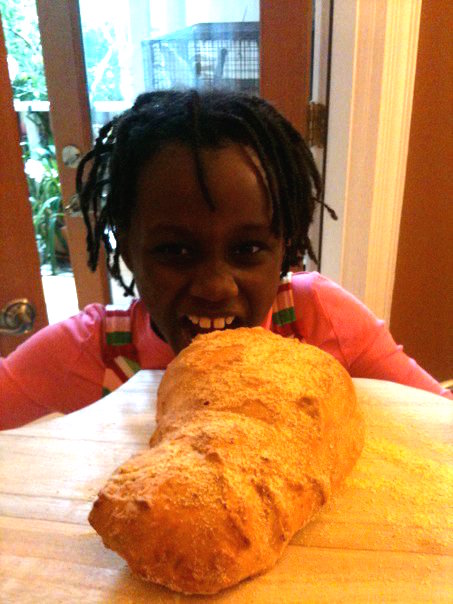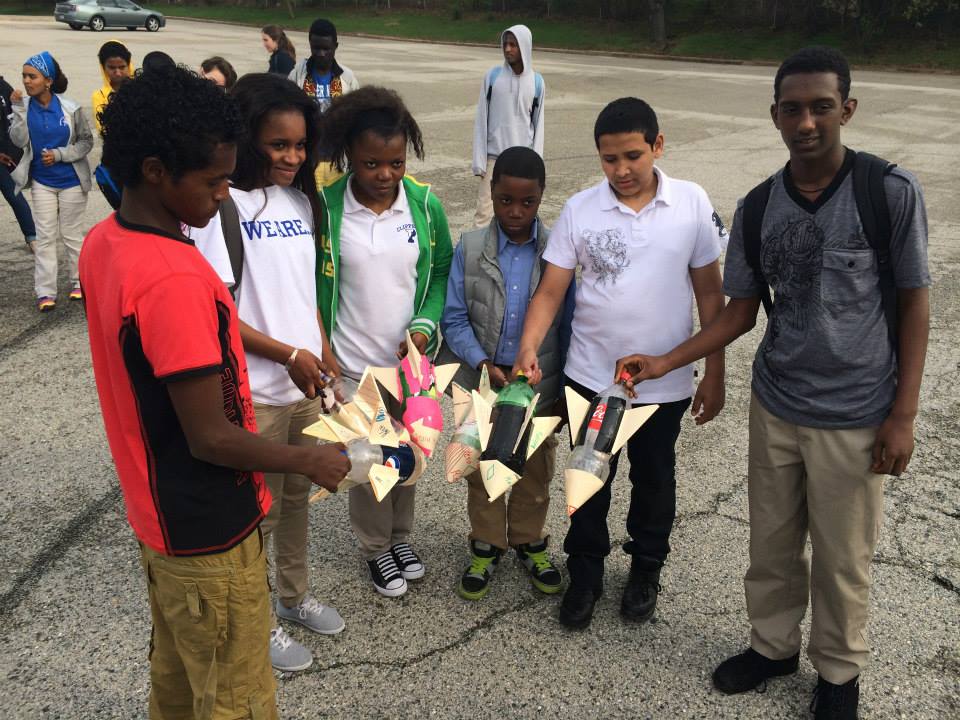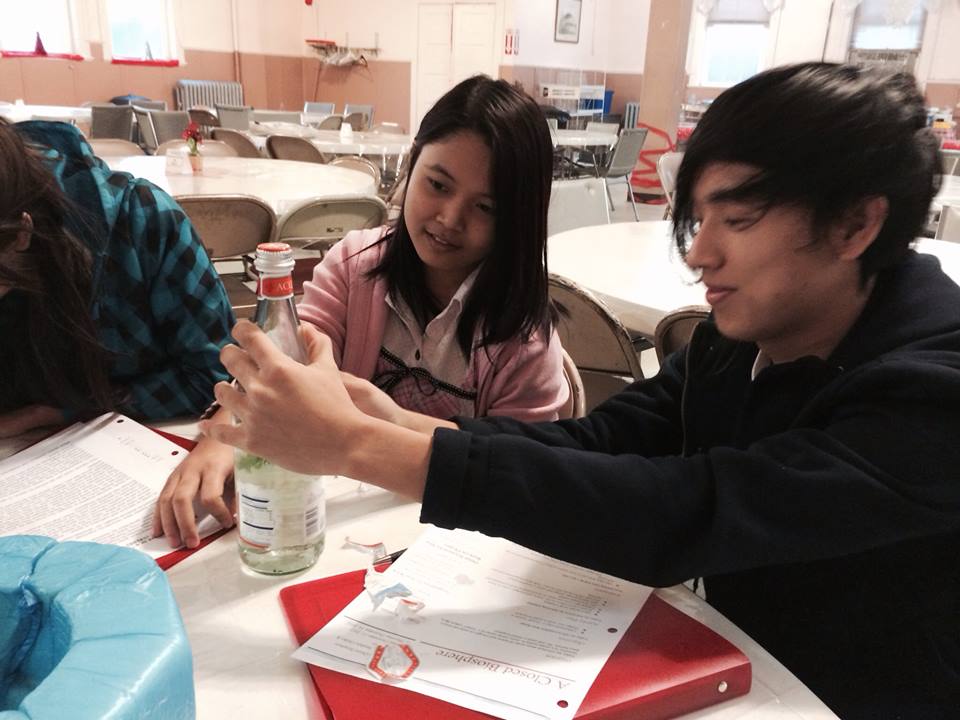
My first foray into making was in 3rd grade.
As I was walking to school one morning, I noticed a spider jump out from a funnel-shaped web with a trap door to grab a beetle. I was intrigued that something as simple as a spider could make something as complex as a trap door. I spent the next couple weeks learning all I could about spiders and attempting to make my own trap door funnel out of string, glue, wires and whatever I could find. Those attempts never were quite successful, the spider I caught didn’t seem to like my “new, improved” trap door funnels, but that process of discovery sent me on a life long journey of learning.
Much later, in High School, my senior project was to do a count of migratory waterfowl at a lake near my house. I quickly learned that though I could count the birds flying into the lake directly, I was missing a large number that would fly onto a pond upstream and then swim down a stream to the lake. I devised a simple contraption from a modified hobbyhorse, a clicker counter, wires and stiff leather strips hanging just above the water to count ducks swimming down. It wasn’t perfect — it counted logs too and missed the ducks that couldn’t be bothered and walked around instead — but it got the job done well enough.
These experiences, among many others, instilled several ‘truisms’ for me about learning. The first, that open-ended ‘making’ leads to the joy of learning, is easily summed up by a quote from the biologist E.O. Wilson:
“From the freedom to explore comes the joy of learning. From knowledge acquired by personal initiative arises the desire for more knowledge. And from mastery of the novel and beautiful world awaiting every child comes self-confidence.”
The second is that learning by doing and making often leads to deep learning. Those two experiences — creating spider web funnels and the waterfowl counter — and the things I learned from them, have remained with me decades later.
I took these making lessons from my childhood and applied them to my own teaching, from teaching college students and other scientists, to leading after school programs and guiding my own children. My focus, career and personally, has been (and continues to be) to open the access to these type of learning opportunities to students who often lack the opportunities to do so.

In 3rd grade (again!), my oldest daughter wanted me to teach her and her friends how to cook. I thought this would be a perfect opportunity for them to explore. The first semester of after school classes was fun as we experimented with making food (we had no set recipes, they created their own). Not only did they learn to cook by “doing,” but they also got interested in plants (what do we eat that’s a root vs a leaf?) and fractions (can’t cook without fractions!). That one class ended up turning into two years of fund-raising classes I did for many students. I learned at that time that kids can do and learn amazing things if you give them the ingredients (carrots, honey, etc., or circuits, computers, etc.) and a little mentoring. More importantly, they get excited about learning through making and creating.

In the last two years, I’ve also had the privilege of developing and leading an afterschool program for refugee youth. We wanted to give these enthusiastic students – recent refugees — the opportunity to get excited about STEM fields, opportunities they often did not have in the past. How did we do it? Through making.

Every month we designed a making activity related to a topic, whether that was making a biosphere of their own design, devising their own political systems, designing 3D printed objects of their choosing with an eye to developing manufacturing in space, or building rockets from myriad materials. As they explored through making, I saw each one of them get excited about learning both the concepts behind these projects, as well as things outside of the ‘topics’ of our planned activities. In fact, one of my favorite stories was watching a student get very excited about using his drawing skills to illustrate and present space settlement designs and concepts. One of his drawings hangs in my office today.
Through these making experiences, I’ve realized that the act of creation and discovery, and even failure, are central to learning. They continue to inspire me as I begin my work with Maker Ed to bring the joy of discovery to every child. I’ve been very impressed with Maker Ed’s passionate team and supportive and amazing board, and I look forward to working with them to expand Maker Ed’s reach to help every child be the maker they were meant to be.

Leave a Reply